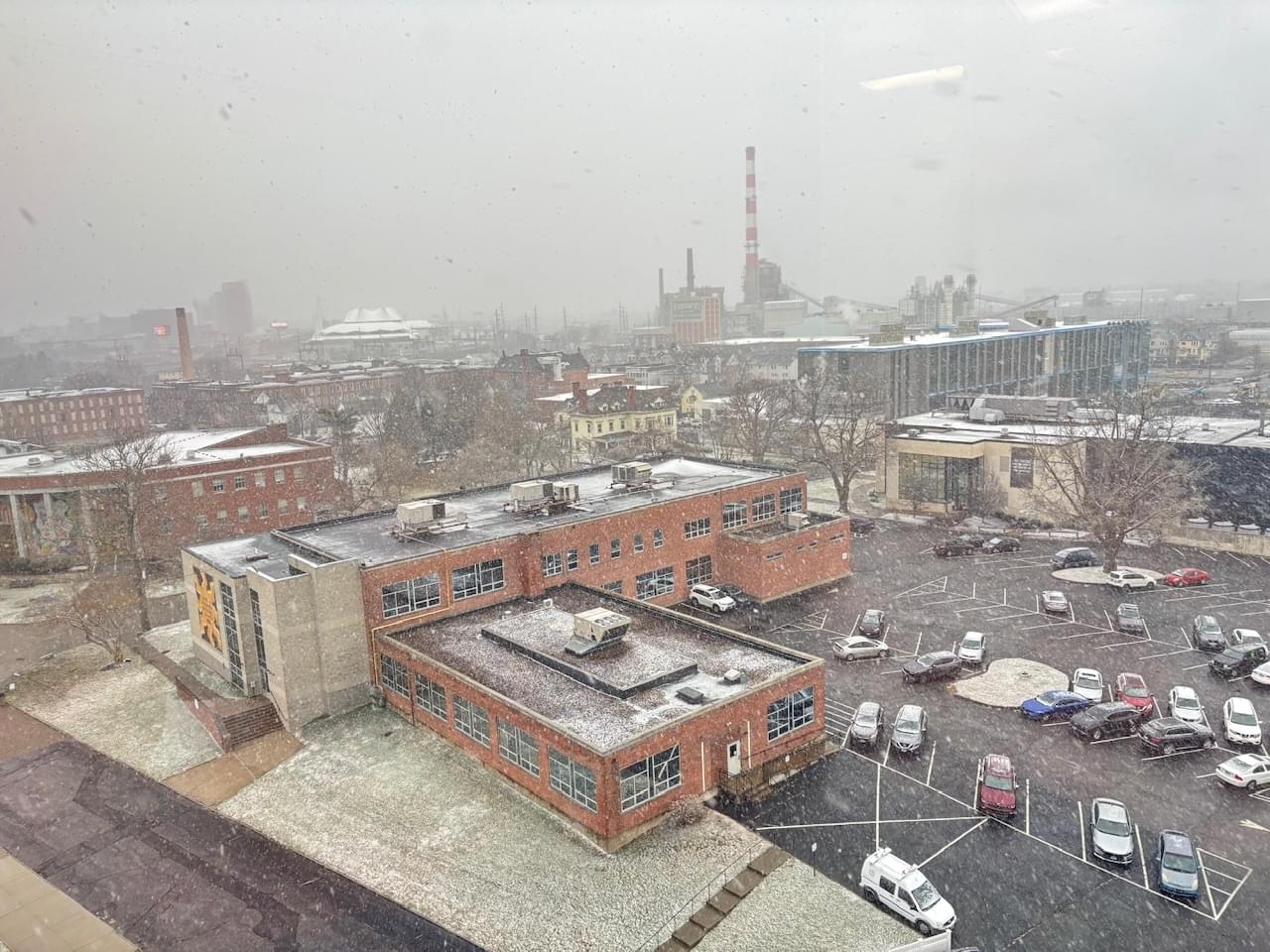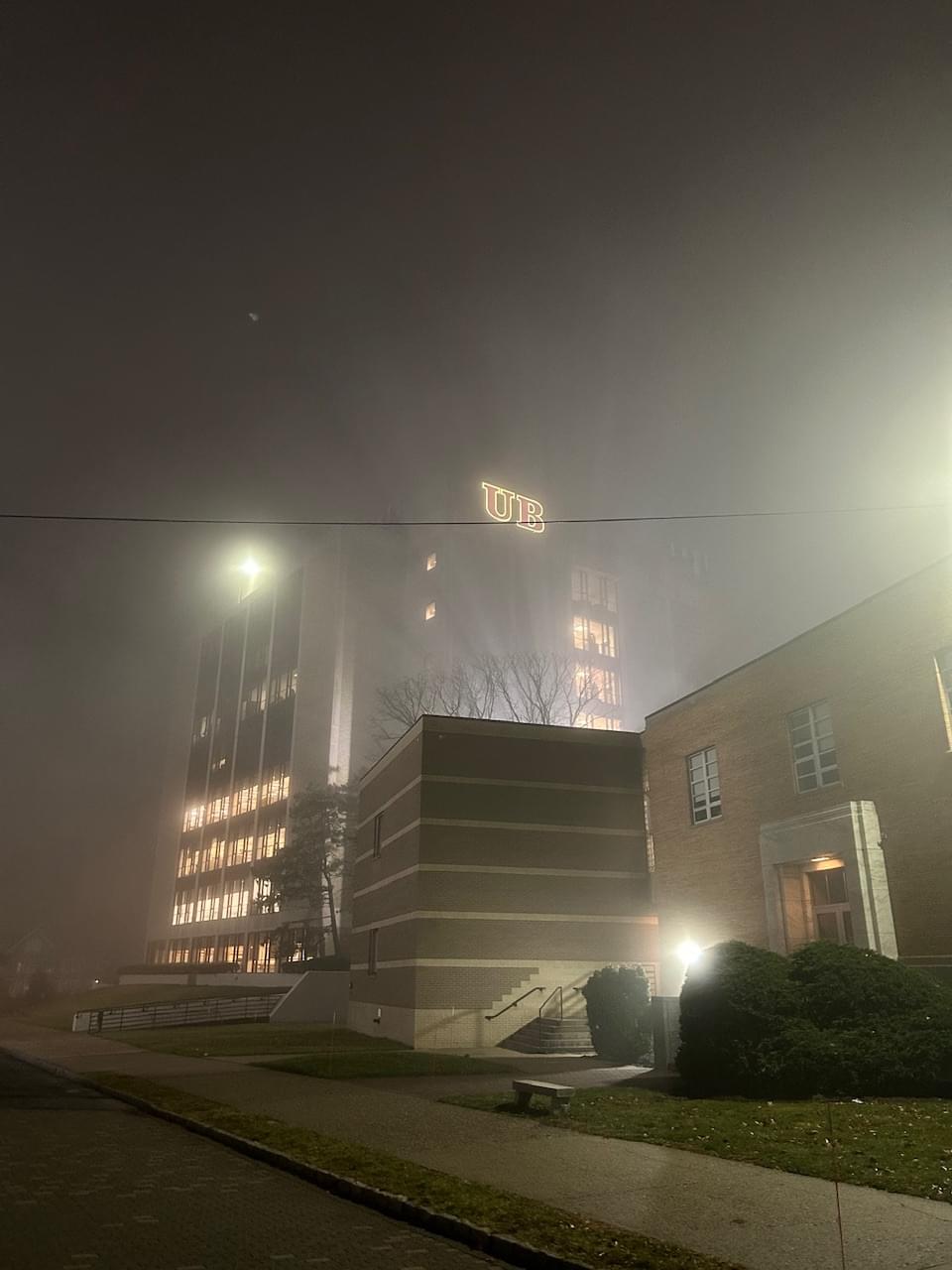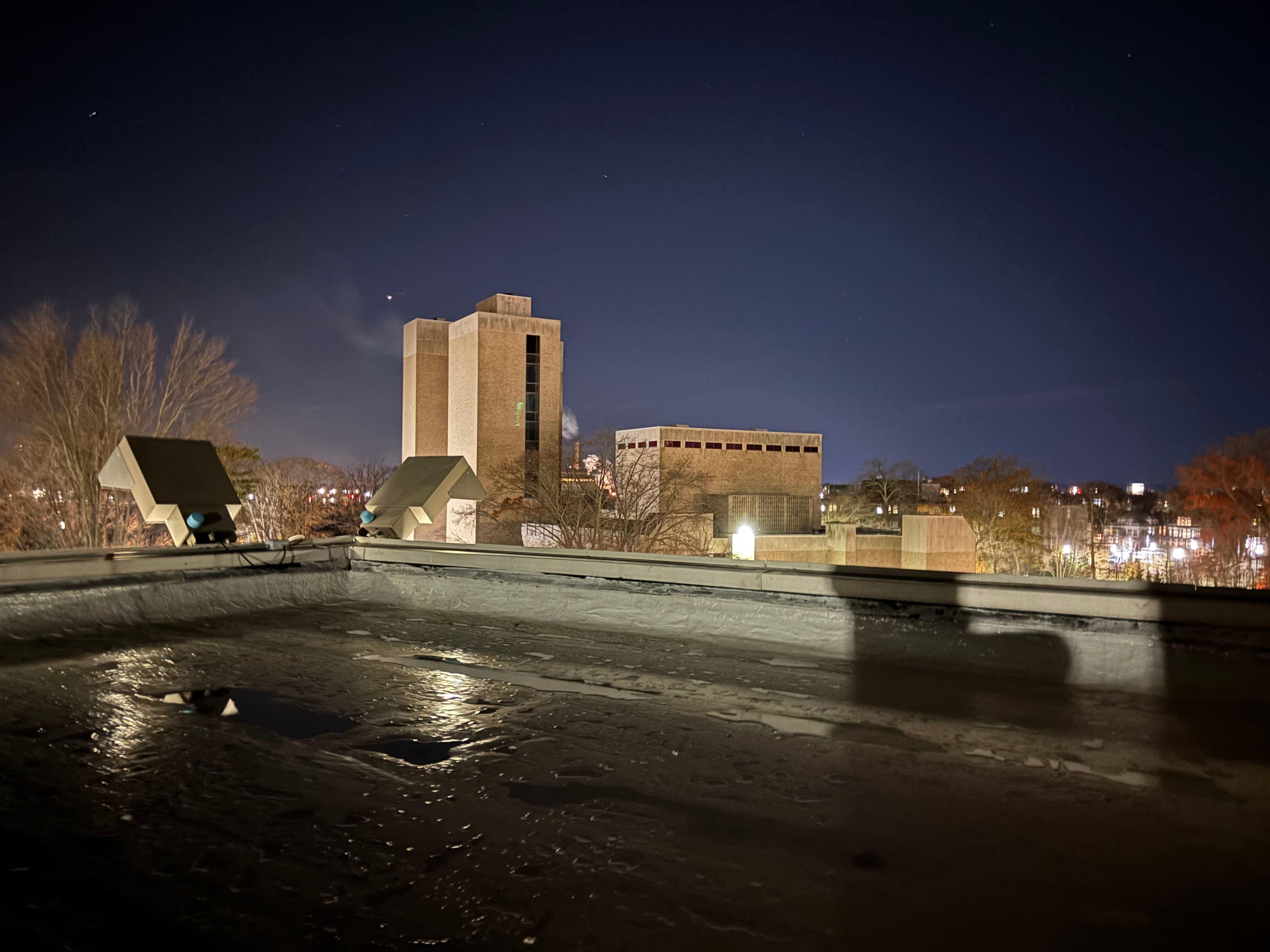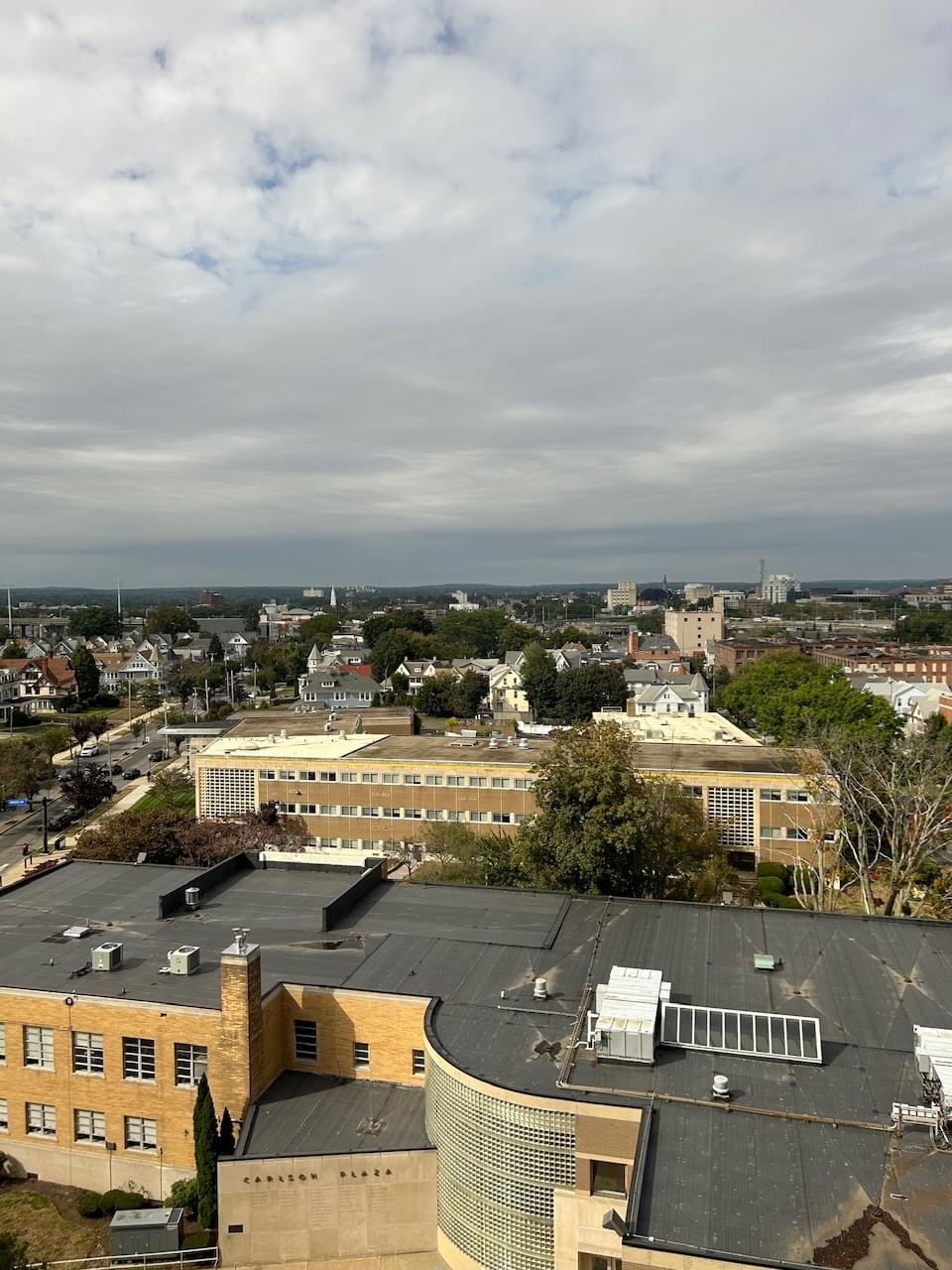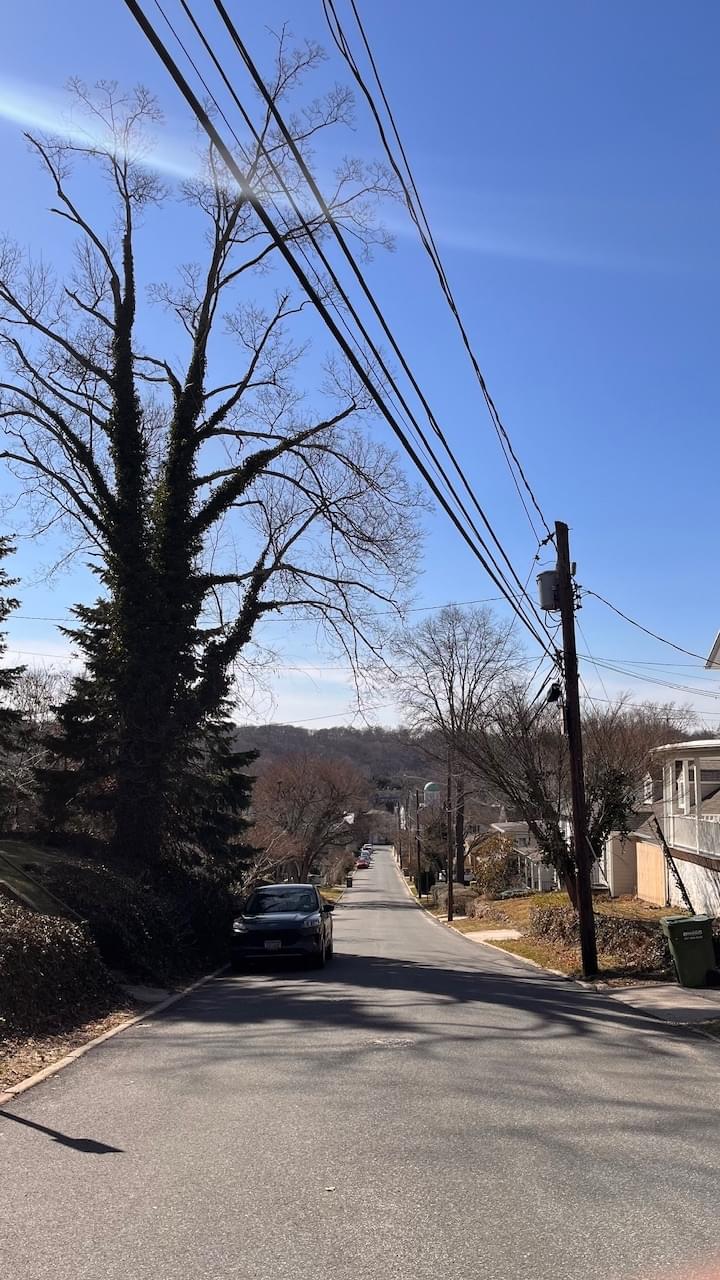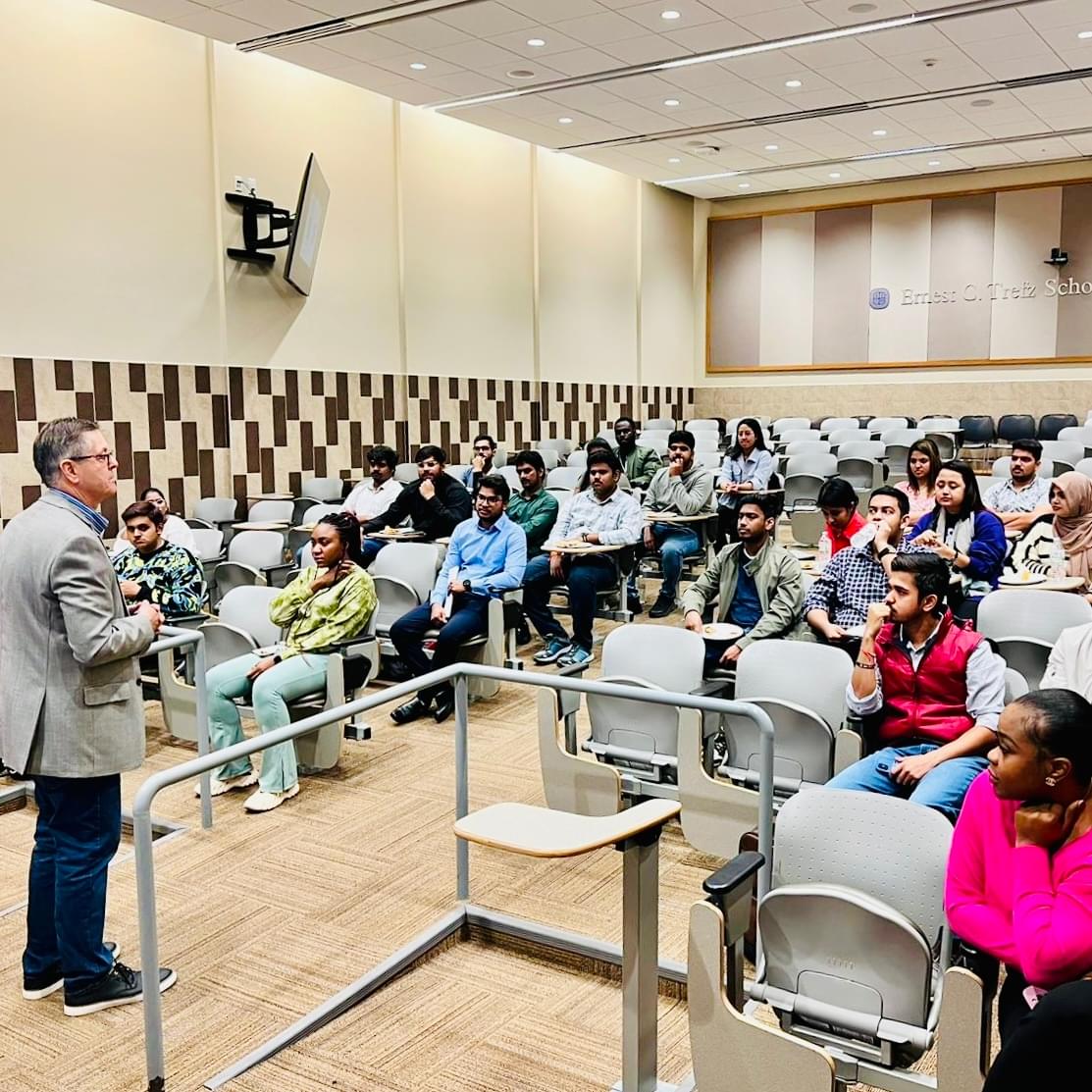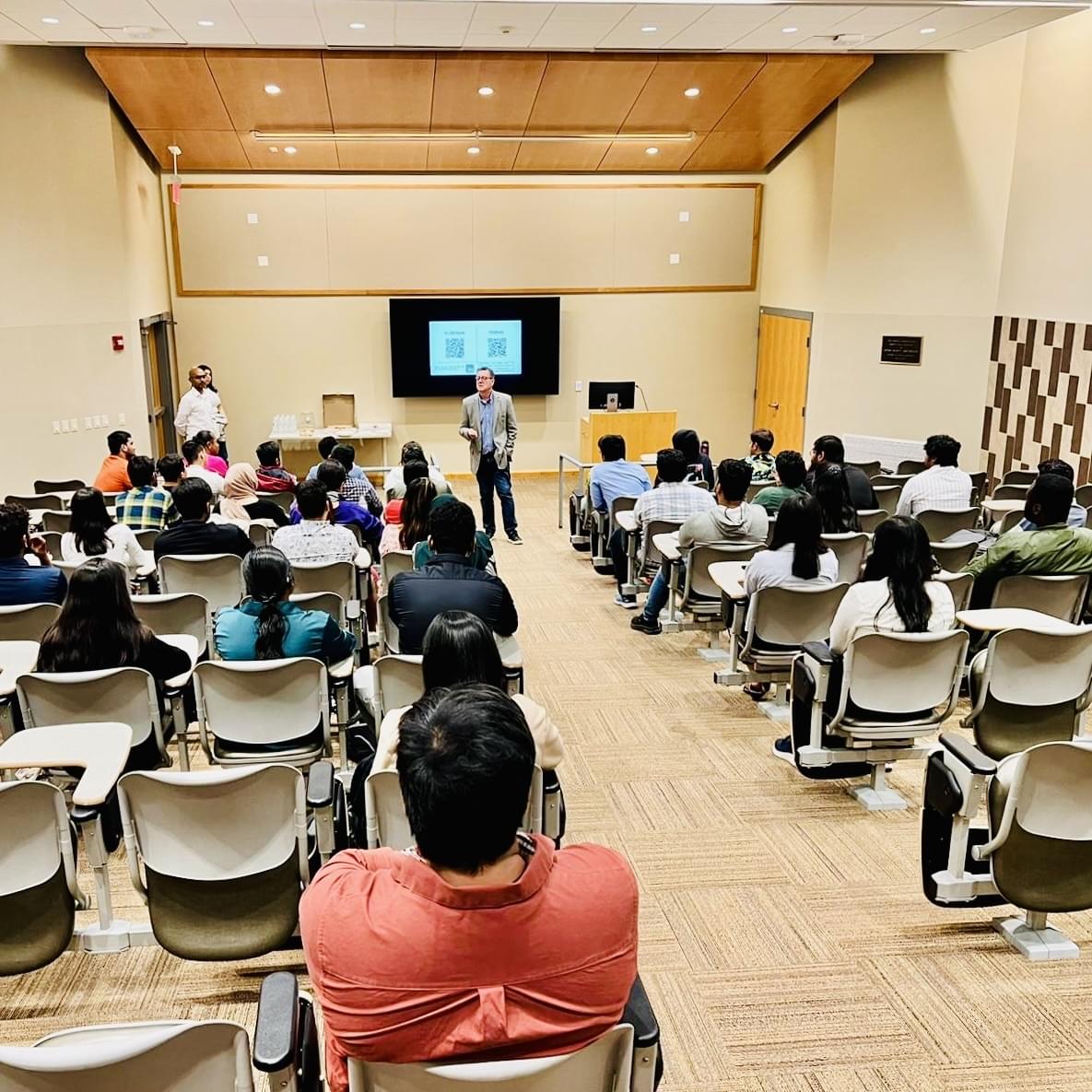What Students Say
Likes
- Diverse Community: The University of Bridgeport is known for its culturally diverse student body, fostering global connections and inclusivity.
- Career-Focused Programs: Offers a wide range of programs with strong industry connections, emphasizing hands-on learning and career preparation.
- Affordable Education: Competitive tuition rates and generous financial aid options make higher education accessible.
Dislikes
- Campus Safety Concerns: Some students have raised concerns about the surrounding area’s safety, though the university has security measures in place.
- Limited Campus Size: Smaller campus compared to other universities, which may limit activities and social engagement for some students.
- Reputation Variability: While strong in certain fields, UB’s overall reputation may not be as well-known nationally as other institutions.
Course Curriculum
- Difficulty Level of Course Curriculum
- The curriculum was moderately challenging, with a balanced mix of theoretical concepts and practical applications, especially in finance and accounting.
- Positive and Negative Aspects
- Positive: hands-on projects, real-world applications, and supportive faculty.
- •Negative: Some courses felt outdated and could use more updated industry insights.
- A significant number of Indian students, approximately 30–40% of the total enrolment in my course.
Admission Experience
- I applied to the following colleges:
- University of Bridgeport
- UConn
- Boston University
- Bentley University
- Purdue University
- University of Bridgeport: Admitted
- UConn: Admitted
- Boston University: Admitted
- 3. Bentley University: Rejected
- Purdue University: Rejected
- I believe my application got rejected because of high competition and the limited number of seats available. Also, maybe I lacked in presenting my application in a desired format; I could have had a better chance if I prepared my application more effectively, keeping in mind the number of applications these colleges must be receiving.
- I chose the University of Bridgeport as it was affordable, it offered career-focused programs and due to its closeness to major cities for networking opportunities.
- The class size for UB was smaller, offering practical learning and it was a cost-effective option in comparison to Uconn and Boston University.
- The admission process included submitting an online application, a transcript, 2 LORs, and a personal statement, which is an essay describing your academic background, your interests and hobbies, and your interest in the program. Proof of English proficiency, i.e., IELTS, TOEFL.
- Minimum GPA: 3.00.
- Their process and communication were clear. The only challenge that I faced was managing the deadlines for document submission.
- I applied for the spring intake because it allowed me to start sooner and align better with my academic and career goals without waiting for the fall semester.
- The admission process took approximately 1–2 months.
- • Application Submission: Mid-October
- • Document Submission: Late October
- • Interview/Review: November
- • Acceptance Notification: Early December
- • Enrollment Confirmation: Mid-December
Class Schedule
- Typical Class Schedule
- Classes per day: 1–2 sessions (depending on the course load).
- Usual Timings: 3 PM to 8 PM, mostly evening classes for graduate programs.
- Average Number of Students in Class
- Approximately 20–30 students per class.
- Indian Students Enrolled
Faculty
- The teacher-to-student ratio is approximately 1:15, which allows personal attention and frequent interactions from the faculty, and it enhances the quality of education.
- Faculty members use a mix of lectures, case studies, and hands-on projects. Their teaching methods are practical and industry-focused, which prepares students for jobs in their field.
- The faculty members are helpful and approachable; they do help students with job placements by giving proper guidance and also give reference if you are good academically.
- Prof. Dr. Arthur McAdams is one of my favourites. I like the way he simplifies complex financial concepts and makes them relatable.
Campus Life
- The University of Bridgeport has one main campus, which is located in Bridgeport, Connecticut.
- The campus offers various facilities, including the Wahlstrom Library with extensive academic resources and study spaces. Gym, basketball courts, soccer fields, swimming pool, and tennis courts. On-campus health clinics and counselling services are also available.
- Other Facilities: dining halls, student lounges, and a career services centre.
- Festivals: International Festival, Spring Week, and Homecoming.
- Clubs: International Student Club, Business Club, and Robotics Club.
- Sports: Opportunities to join university teams in soccer, basketball, swimming, and more.
- Cultural Events: International food festivals, cultural fairs, and talent shows.
- Student Organisations: academic societies, community service groups, and special interest clubs like photography and gaming.
- Other Activities: Workshops, career fairs, and leadership training programs.
Part Time Jobs
- Approximately 5 ~ 10% of students secure TA, RA, or DA roles, depending on the department and program size. The pay typically is $16.25 per hour. There are various on-campus jobs available, some of which are: library assistants, dining services staff, gym attendants, administrative assistants and IT support staff.
- The hourly wages for these jobs may range from $16.25 ~ $21.30/hour (depending on job roles).
- Students are allowed to work up to 15 hours per week during the semester and 25 hours per week during breaks.
- Securing on-campus jobs can be competitive, especially at the beginning of the semester. Early application and networking with faculty or staff improve the chances of getting a position.
- Most Indian students prefer to work in restaurants, retail stores, pizza places, etc. These jobs are easy to secure and offer flexibility in terms of working hours. Students typically earn between $12 and $15 per hour for these jobs.
- Finding an off-campus job is easier than securing an on-campus job; due to limited seat availability for on-campus jobs, most students prefer to opt for off-campus jobs. Applying through the companies online portal, via LinkedIn, referrals or by giving walk-in interviews. Attending college-organised job fairs can also help in getting internships.
Placement
- Around 70-80% of students get a job within 1 year of completing their graduation. The average salary range is around $60,000-$80,000/year, depending on the course and previous job experience. There are various options available to find jobs: Handshake, Linkedin and Indeed. The college organises career fairs where many companies come for campus recruitment.
- Many students prefer doing internships at various companies and later secure a full-time job there. Faculties also help by providing references; it also depends on the students PR skills. Many of my batchmates secured roles in accounting, finance, IT, and healthcare industries.
- Companies included PwC, Deloitte, IBM, and local firms offering analyst, consulting, and management roles.
- Top employers include Deloitte, KPMG, EY, IBM, Amazon, and regional financial institutions.
Accommodation
- I stayed on-campus throughout my course and contacted the university’s ResLife department directly using the contact information provided by the university.
- The rent was $460/month with a $250 refundable deposit, and it included utilities such as electricity, water, and internet.
- Finding accommodation was straightforward since it was managed by the university. No major challenges were faced.
- For convenience and security, on-campus housing is a great option. Start early if you prefer off-campus housing, and consider joining Telegram or Discord groups to connect with other students.
- Since it was on-campus accommodation, commuting was not an issue. Many Indian students also prefer staying on campus or nearby in shared apartments within walking distance.
Exams
- Required Exams
- English Proficiency: IELTS (minimum 6.0), TOEFL (minimum 75), or PTE (minimum 53).
- Undergraduate applicants: SAT or ACT (optional but recommended for scholarships).
- Graduate applicants: GMAT or GRE (optional for most programs).
- Necessary Documents
- Academic transcripts
- Statement of Purpose (SOP)
- Letters of Recommendation (LORs)
- Curriculum Vitae (CV)/Resume
- English proficiency test scores
- Passport copy
- Financial documents (for international students)
- No formal interview was required for my application. However, the admissions team may request optional interviews for clarification or scholarship consideration.
Fees
-
1. Full Breakdown of Fees
- Tuition: ~$17,000/year (varies by program).
- Hostel/Accommodation: ~$5,800/year (on-campus).
- Miscellaneous Fees: ~$2,500/year (lab, technology, health insurance, etc.).
- Total Annual Cost: ~$25,300/year.
- 2. How is the fee charged?
- Fees are charged semester-wise, including tuition, accommodation, and additional fees.
- 3. Estimated Monthly Expenses
- Rent (off-campus): ~$300–$900/month.
- Food/Groceries: ~$200–$300/month.
- Transportation: ~$100/month (University provides free bus passes for all students).
- Utilities & Internet: ~$150/month.
- Miscellaneous (entertainment, personal): ~$150/month.
- Total Monthly Expense: ~$1,100–$1,600/month.
Scholarship
- The scholarship amount was $7,500/total. Several batchmates received merit-based scholarships or need-based financial aid between $2,500 and $4,500.
- On average, a significant portion of students (around 25%–35%) receive scholarships, with typical awards ranging from $2,000 to $15,000/total (graduate students).



